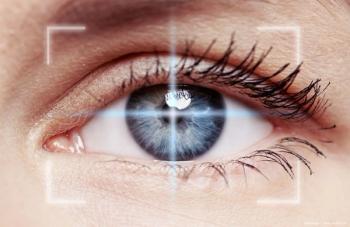
Options continue for refining IOL power calculations
Depending on what tools and historic data are available, there are a number of methods to choose from in order to compensate for corneal power errors in these cases.
Speaking at the refractive surgery subspecialty day meeting sponsored by the International Society of Refractive Surgery of the American Academy of Ophthalmology, Dr. Hoffer provided an update on techniques for optimizing refractive outcomes after cataract surgery in these potentially troublesome eyes.
"Be aware, however, that none of these approaches has been proven in a large prospective series," said Dr. Hoffer, clinical professor of ophthalmology, Jules Stein Eye Institute, UCLA School of Medicine, Los Angeles.
"If the preoperative K is unknown, it is better to use a value of 43.5 D as the standard," said Dr. Hoffer.
Clinical history method. The clinical history method is one of the oldest techniques that has been used to compensate for errors in keratometry measurement in post-LASIK eyes. It was first described by Jack Holladay, MD, and uses the pre-LASIK K reading (Kpre) and refractive error (Rpre) along with the post-LASIK refractive error (Rpo) to estimate K as follows: K = Kpre + (Rpre – Rpo). As an example, for a patient with –9.0 D myopia and an Rpo of +1.0 D and Kpre of 43 D, K = 43 + (–9 – 1) = 33 D.
The Masket variation first uses "as is" biometry to calculate the IOL power needed for an emmetropic outcome (PEm). Dr. Masket recommends using the SRK/T formula to calculate PEm in long eyes and the Hoffer Q formula in short eyes. Then, implant power (P) is derived by an adjustment of the PEm using the change in refraction (Rx) and constants. According to this formula, P = PEm – 0.323(Rx) + 0.138.
Newsletter
Don’t miss out—get Ophthalmology Times updates on the latest clinical advancements and expert interviews, straight to your inbox.
















































.png)


